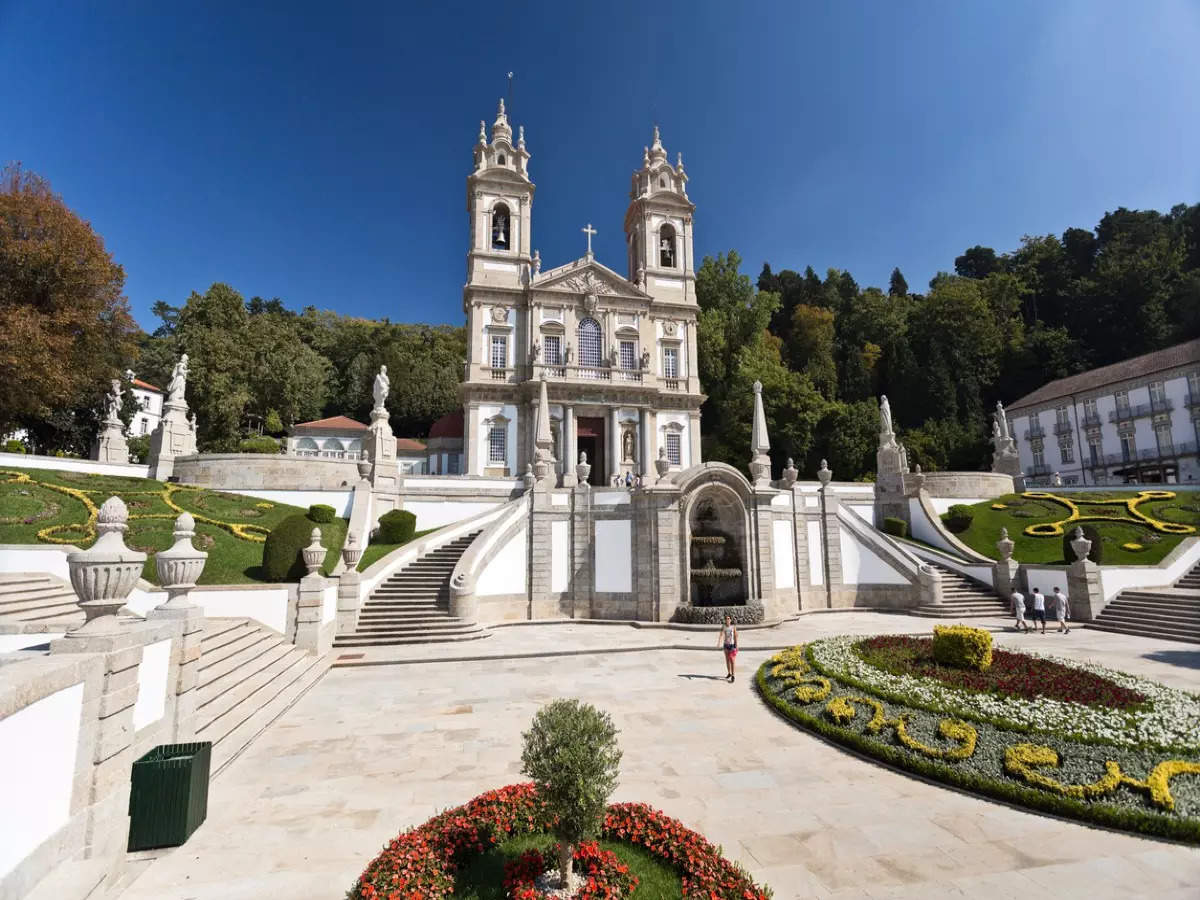When one thinks of Goa, images of palm-fringed beaches, vibrant nightlife, and bustling markets immediately come to mind. However, nestled amidst scenic landscapes and party scenes lies a gem that often escapes the spotlight – Fontainhas, Goa’s charming Latin Quarter. As tourists flock to the state for their ideal “Goa tour,” it’s easy to overlook this unique enclave that holds within its cobblestone streets and colorful houses a rich cultural heritage and an air of nostalgia. In this article, we delve into the elements that make Fontainhas so special and why it deserves a prominent place on every traveler’s Goa itinerary.
Historical Legacy
Fontainhas, the old Latin Quarter of Goa, carries a centuries-old history that sets it apart from the rest of the state. Established by the Portuguese in the late 18th century, this neighborhood is a living testament to Goa’s colonial past. The name “Fontainhas” itself is derived from the natural springs that once quenched the thirst of its inhabitants. The area’s architecture, characterized by narrow lanes, vibrant Portuguese-style houses, and ornate wrought-iron balconies, provides an insight into the European influence that shaped Goa’s urban landscape.

Read more – Exploring the Enchanting Beauty of Himachal on a Budget
Vibrant Culture and Art
Stepping into Fontainhas is like entering a time capsule that preserves Goa’s multicultural essence. The neighborhood is dotted with art galleries, studios, and cultural centers that showcase the work of local artists and artisans. The soul-stirring Fado music, brought by the Portuguese, can still be heard in cozy taverns that line the streets. This blend of traditional and contemporary art forms infuses Fontainhas with a creative energy that resonates with visitors seeking an authentic cultural experience.
Stunning Architecture
Fontainhas’ architectural beauty lies not only in its pastel-colored houses but also in the intricate details that adorn them. The facades are adorned with azulejos – traditional Portuguese ceramic tiles – depicting scenes from local life and folklore. The dwellings, adorned with wooden casements and intricate railings, stand as a tribute to the artisanal skills of days gone by. Meandering along the intricate pathways, an unmistakable sensation of journeying to a bygone age envelops the senses, where every bend conceals a narrative eager to be unveiled.
Read more – Navigating the Enchanting Realm of Nainital: A Comprehensive Guide to Planning Your Dream Nainital Trip
Culinary Delights
A journey through Fontainhas is incomplete without savoring its culinary offerings. The neighborhood boasts a variety of dining establishments that serve up a delectable fusion of Portuguese and Goan cuisines. From quaint bakeries offering bebinca, a traditional Goan dessert, to charming cafes where one can relish the famous poee bread, the gastronomic journey through Fontainhas is a treat for the senses. It’s an opportunity to tantalize taste buds with flavors that have been perfected over generations.

Read more – Exploring India’s Enchanting Destinations in December on a Budget
Community and Heritage Walks
To truly understand the essence of Fontainhas, one must take a leisurely stroll through its streets. Many local organizations and tour operators offer guided heritage walks, providing insights into the area’s history, architecture, and anecdotes about its residents. The walks often lead to hidden gems like the Chapel of St. Sebastian, a beautiful example of Baroque architecture. Such experiences allow travelers to immerse themselves in the neighborhood’s unique charm and interact with its warm and welcoming community.
Preservation Efforts
Fontainhas owes its well-preserved state to the dedicated efforts of its residents and local authorities. In 1984, the area was declared a conservation zone, ensuring that its architectural and cultural heritage remains intact. The residents’ commitment to maintaining the authenticity of their homes and surroundings has resulted in Fontainhas being recognized as a UNESCO Heritage Zone, a testament to its enduring significance.

Read more – How to experience Rajasthan by traveling
Conclusion
In a state that’s often synonymous with sun, sand, and parties, Fontainhas emerges as a tranquil oasis of culture, history, and charm. Its narrow streets, vivid houses, and inviting alleys create a tapestry that resonates with the legacy of Goa’s colonial past. As travelers embark on their “Goa tour,” they would be remiss not to include Fontainhas in their itinerary. This hidden gem offers an enriching experience that takes them beyond the obvious and into the heart of a neighborhood that encapsulates the very spirit of Goa. So, whether you’re an architecture enthusiast, an art lover, or simply someone seeking an authentic cultural encounter, Fontainhas promises an unforgettable journey into Goa’s past and present.
Read more – Unveiling the Wonders of Bali: A 3-Day Escapade




